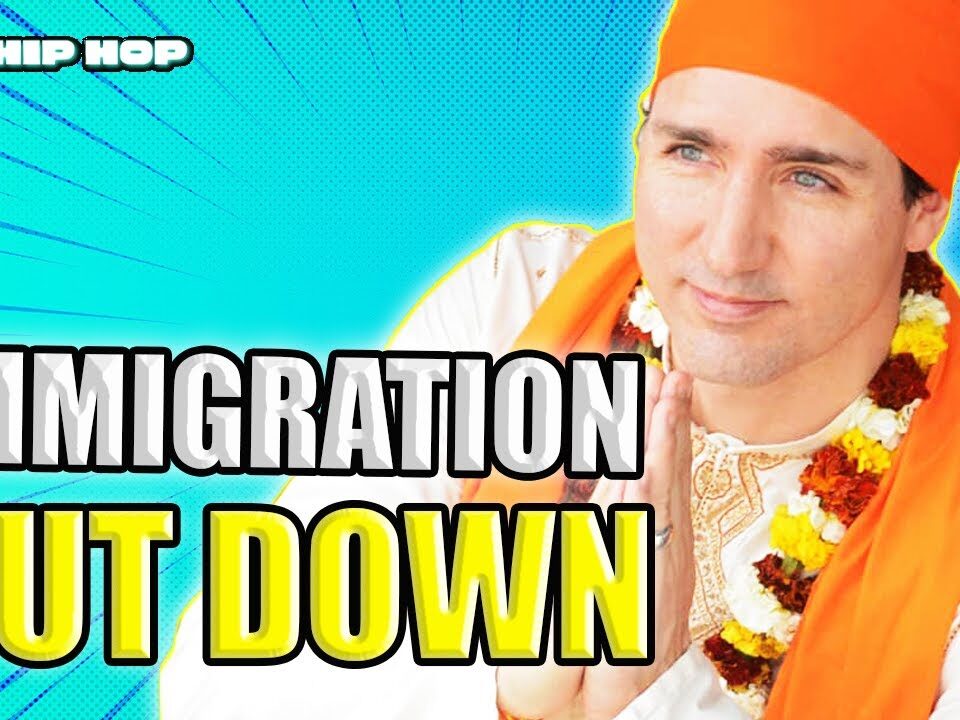Prime Minister Justin Trudeau recently announced a significant policy shift. Canada will now accept fewer temporary foreign workers, focusing on stricter rules for hiring locally. The intent is to prioritize Canadian workers. This move sparks a variety of conversations across the nation, as political and economic implications unfold.
In a country thriving on its diverse workforce, this decision marks a pivotal moment. With elections on the horizon, the timing seems strategic. The discussion isn’t just about economy, it’s also about people, livelihoods, and Canada’s future workforce dynamics. Will this change actually benefit local workers, or is it more election rhetoric?
The New Policy Unveiled
The government aims to reduce the influx of temporary workers. Trudeau’s policy requires companies to justify why they cannot hire Canadian citizens first. This new rule is seen as a move to create more job opportunities for residents, though its implementation could face challenges.
A Closer Look at Canada’s Workforce
Trudeau’s announcement has been met with mixed reactions. Some applaud it as a necessary measure to prioritize nationals. Others worry it might lead to labor shortages in sectors relying on temporary workers. The impact on small businesses could be substantial, requiring adjustments in operations.
Unemployment and Local Concerns
For many Canadians, finding employment has been challenging. The presence of foreigners in the job market has been a point of contention. Trudeau’s policy aims to address these concerns by limiting foreign worker entries, but will it be enough to satisfy the demand for work?
Election Politics at Play
Trudeau’s leadership has faced scrutiny over handling immigration. Tightening foreign labor rules may appeal to certain voter bases. It’s a strategic move ahead of elections, aiming to sway opinions by showcasing concern for local unemployment rates.
Immigration: A Double-Edged Sword
While the policy aims to increase jobs for Canadians, it also risks economic disruptions. Industries heavily reliant on foreign labor may suffer, leading to increased operational costs and potential price hikes for consumers. Balancing national employment and economic stability is crucial for policy success.
Addressing Housing and Social Issues
Trudeau’s policy also targets broader social concerns. By decreasing foreign worker entries, the aim is to reduce strain on public services. This could potentially improve living conditions, although the execution requires careful management to avoid unintended consequences.
Cultural and Demographic Impacts
Debates about immigration often touch on cultural identity. With fewer foreign workers, concerns about losing cultural dynamism arise. This policy could lead to a more homogeneous population, raising questions about Canada’s commitment to multiculturalism.
Economic Ramifications
In the short term, businesses might experience operational disruptions. Long-term effects will depend on how well Canadian workers adapt to roles traditionally filled by foreigners. Companies may need to invest in training and development to overcome initial challenges.
Looking Ahead
While the idea is to bolster local employment, the success of such policies depends on execution. Monitoring their impact will be crucial. As Canada navigates these changes, the balance between maintaining economic growth and providing opportunities for locals remains key.
Reflection on Leadership and Policy
Trudeau’s leadership is under the microscope with these changes. His ability to address national employment concerns while maintaining economic stability is critical. Future elections may hinge on his success in implementing these policies.
The decision to limit foreign workers underscores a new chapter in Canada’s labor policy. As the nation adjusts, eyes will be on how these changes affect the economy and workforce. Will prioritizing local workers lead to stability and growth, or will unforeseen challenges emerge? The coming months will reveal the true impact of Trudeau’s gamble.










